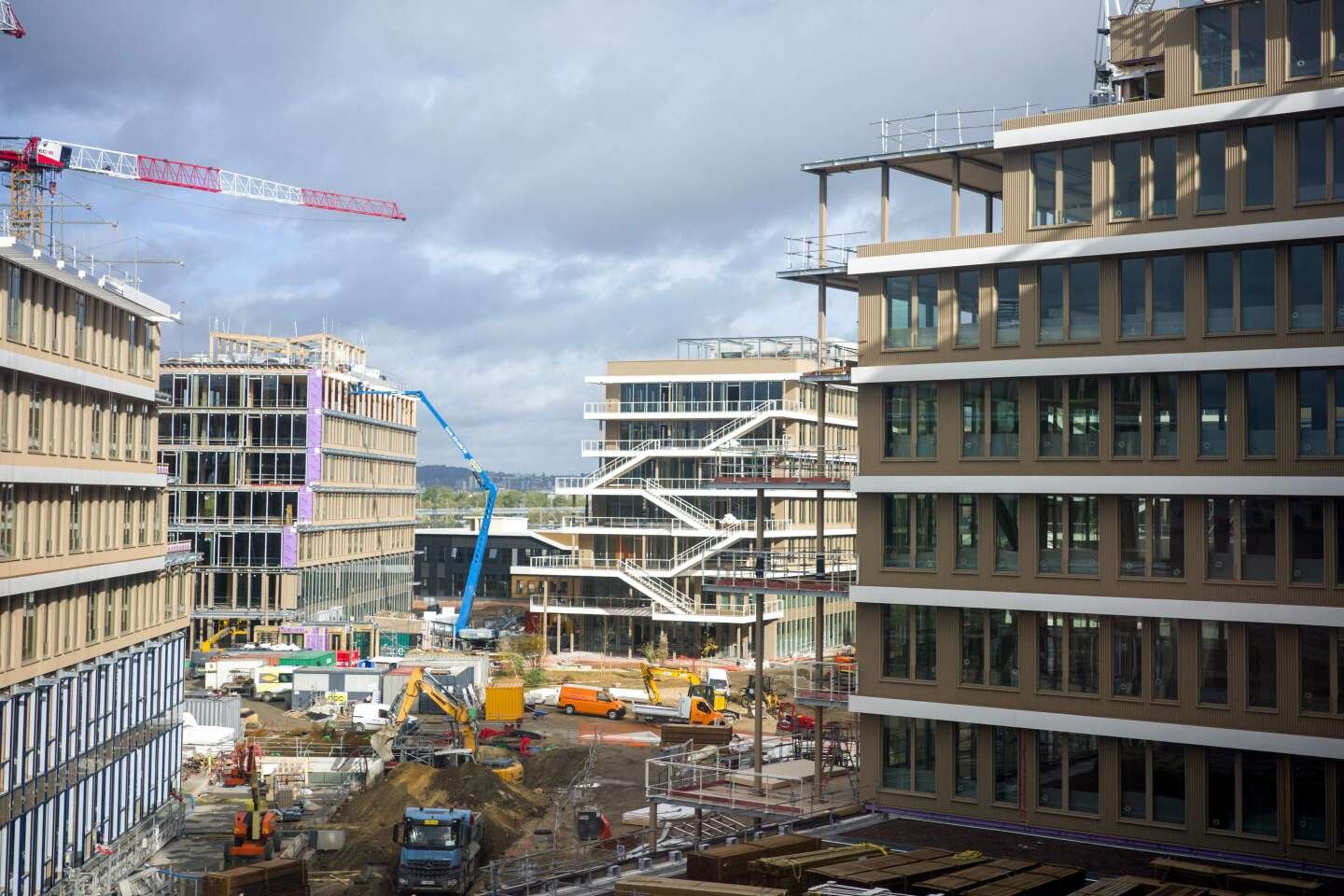In real estate, one crisis can hide another. If the collapse of housing construction will lead to its share in the bankruptcies of developers, notaries or real estate traders, the situation is equally worrying on the office side, on the other side of the market. A sign of the times, the international market for real estate professionals, the large amount of real estate, which takes place in Cannes (Alpes-Maritimes) from March 12 to 15, promises to be more fueled by doubts than cocktails and evenings. yachts. Because while part of the profession swears that recovery will come once the European Central Bank starts cutting rates, dissenting voices promise “blood and tears” for some time to come.
In 2023, the corporate real estate market in France collapsed. According to BNP Paribas Real Estate, investment in offices, hotels and warehouses totaled around €14 billion, compared to around €28-29 billion annually between 2020 and 2022. The rental market, “driven by business growth and dynamism”he holds, notes Grégoire de la Ferté, CEO of CBRE, a real estate consulting group. But not everywhere: the migration of businesses that began after the Covid-19 crisis to the centers of metropolises – this applies to Paris and other large French and European cities – continues, emptying plateaus on the outskirts of cities. The phenomenon of communicating vessels.
As with housing, the office crisis is rooted in the sudden rise in interest rates starting in 2022. In a sector where debt is as much a raw material as concrete, many operations have closed in the blessed time without cash. they are no longer profitable when interest rates rise from zero to 4.5%. But another phenomenon is added to this financial slide, namely the evolution of work. “The real issue is not so much key rates, their rise, their fall, as the fact that the needs of offices have changed,” analyzes Raphaël Tréguier, president of Kareg IM, a company that works on the transformation of office buildings.
Compared to the turbulence of 1991 and 2008 “We are closer to the crisis of 1991, when there was an oversupply. But then the excess capacity was absorbed because offices were needed. We produced a lot there in 2018 and 2019, but the Covid-19 pandemic came and the needs changed.” “At the end of 2023, 4.76 million square meters were available in Ile-de-France. Some say it is even undervalued, talking about 15 million square meters out of the 50 million square meters in the region. Companies have empty offices but don’t communicate about them”agrees Stéphan de Faÿ, CEO of Grand Paris Aménagement.
You have 63.82% of this article left to read. The rest is reserved for subscribers.

